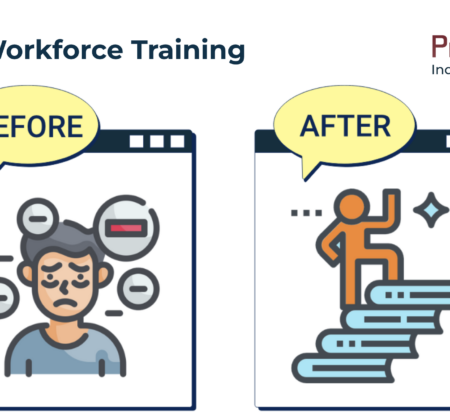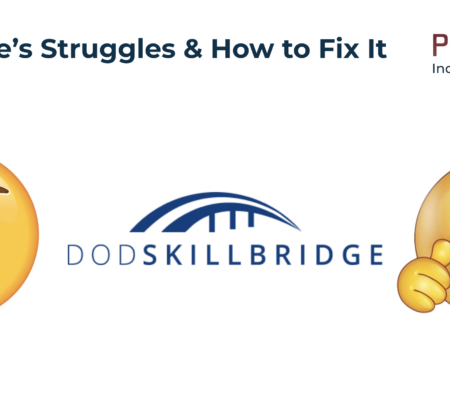Since the COVID-19 pandemic, employers have faced ongoing challenges in finding qualified talent to fill critical roles. This difficulty is compounded by a younger workforce with evolving expectations and norms. As a result, Talent Acquisition (TA) professionals are under immense pressure to secure skilled, reliable employees who can drive organizational growth.
In this context, recruiting transitioning service members and veterans often seems like a logical solution. Veterans are widely recognized for their leadership, adaptability, strong work ethic, teamwork, cross-cultural competence, and technical expertise—attributes that make them attractive candidates. Consequently, many TA professionals invest in onsite and virtual job fairs aimed at connecting with military service members and veterans to fill their open roles.
The Core Problem—The Transition Assistance Program (TAP)
While this strategy appears logical, it is flawed at its core due to the inadequacy of the current Transition Assistance Program (TAP). Designed to help service members transition to civilian life, TAP is outdated and fails to fully prepare them for the significant differences between military and private sector environments.
TAP stakeholders often deliver overly optimistic messaging to service members, reinforcing misconceptions such as:
- Companies are eager to hire them
- Their military training has fully prepared them for civilian careers
- They’ll easily secure six-figure salaries
- All they need to do is translate their skills
This narrative leaves many service members with the impression that minimal effort or adjustment is required to succeed in a post-military career. Unfortunately, this false sense of preparedness leads to predictable challenges, especially at job fairs.
The Reality—Unprepared Job Fair Attendees
The fundamental differences between the military and private sector environments mean that transitioning service members are optimized for military settings, not private sector workplaces. Without training to bridge this gap, they often arrive at job fairs unsure of how to navigate the event or how to engage effectively with potential employers.
Career fair providers typically offer companies opportunities to showcase their organizations and provide attendees with QR codes to capture leads. While this approach is standard in the civilian job market, it proves less effective for transitioning service members who lack clarity about their career goals or understanding of different industries.
As a result, many service members resort to scanning QR codes for virtually every participating company to “cover all their bases.” This behavior reflects their uncertainty and lack of preparation rather than genuine interest in specific roles or industries. While this approach may generate impressive engagement metrics for career fair organizers, it creates significant challenges for participating employers.
After the event, HR teams must sift through a large pool of leads to identify candidates with actual interest and relevant qualifications. This labor-intensive process often reveals that many attendees lack a clear understanding of the industries or companies they engaged with. For employers, this inefficiency translates to wasted time and resources.
The Solution—Veteran Workforce Training
To address these challenges, employers should prioritize providing targeted training for transitioning service members before they attend job fairs. This training should focus on helping them understand the private sector environment, including its expectations, norms, and significant differences from military life. It should also equip them with decision-making tools and strategies to better align their skills and interests with civilian career opportunities.
Military service members are intelligent, capable, and driven to succeed. With the right training, they can adapt their mindset and approach to thrive in the private sector. This preparation will empower them to navigate job fairs with confidence, identify roles and industries that align with their goals, and engage more effectively with prospective employers.
For employers, investing in this type of training will result in more meaningful interactions with potential candidates, a streamlined hiring process, and ultimately, better outcomes for both the organization and the transitioning service members. By bridging the gap between military and civilian environments, both parties can unlock the full potential of this valuable talent pool, making job fairs a true win-win scenario.




